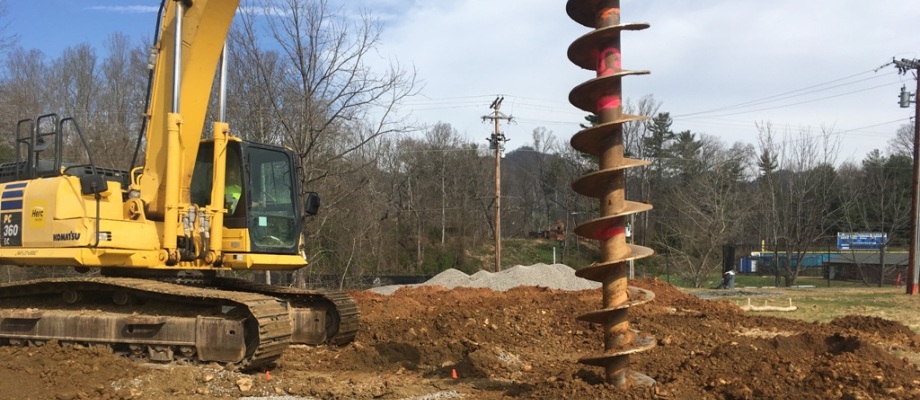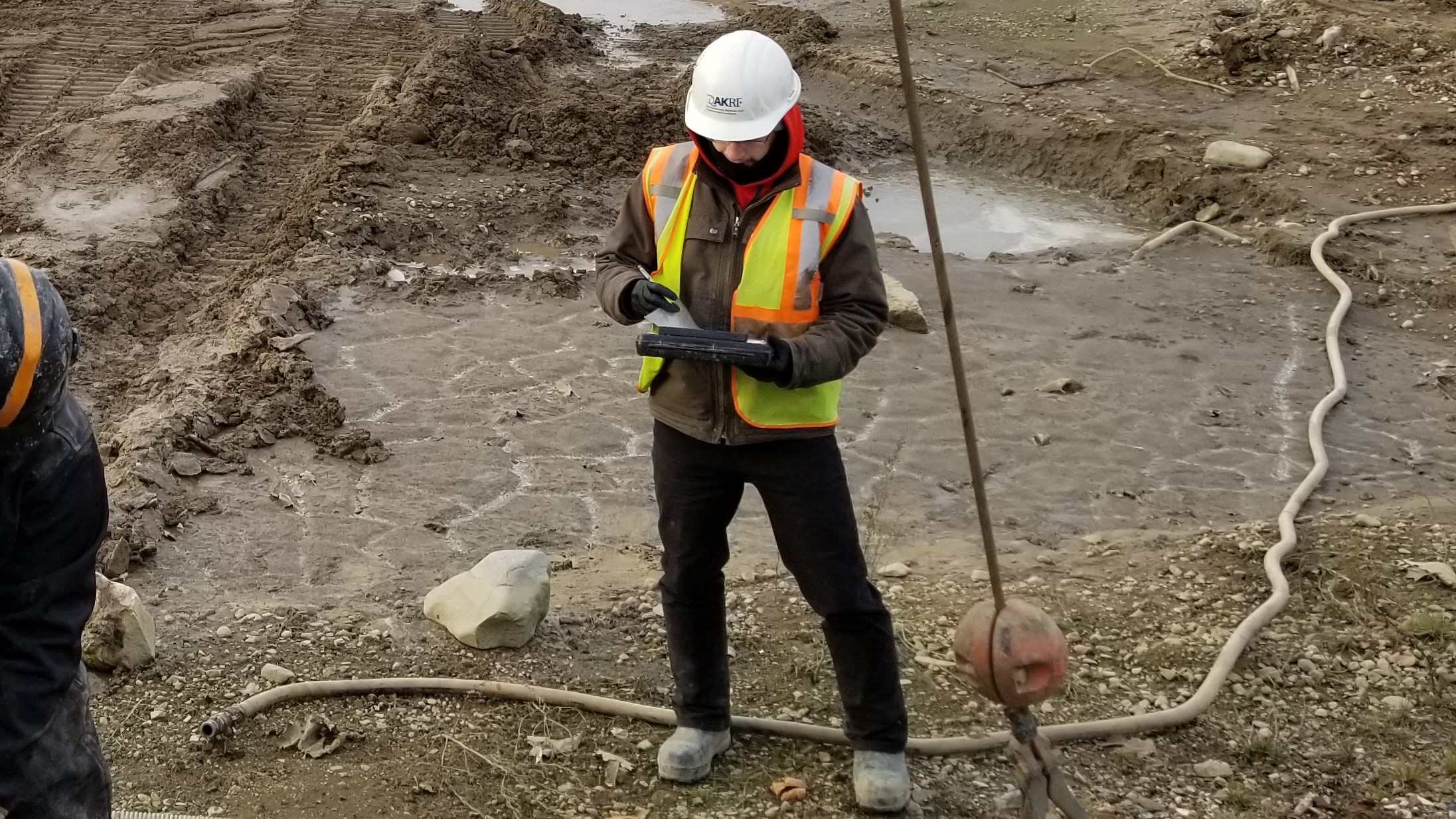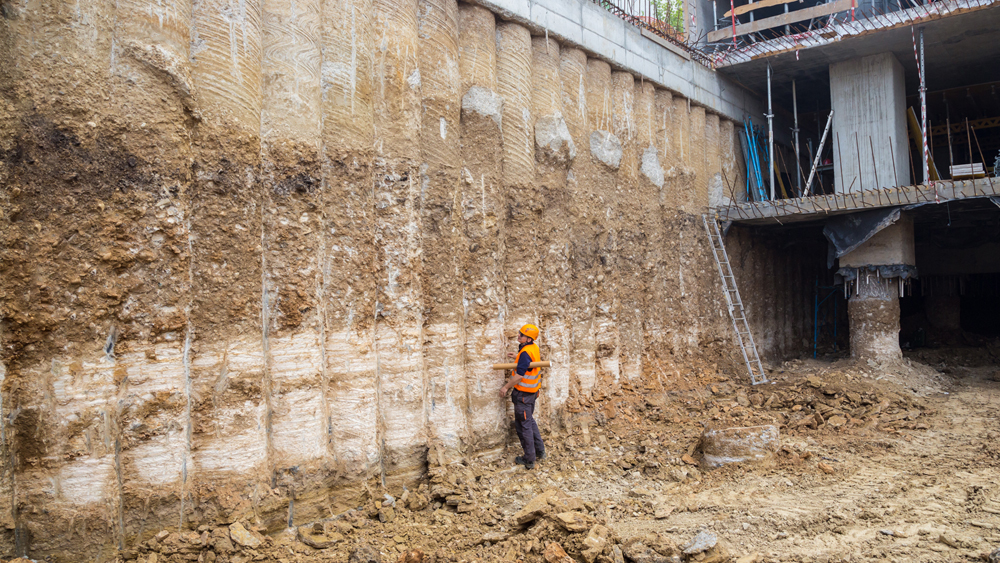Tailings Engineer: Important Competence for Lasting Waste Management in Mining
Tailings Engineer: Important Competence for Lasting Waste Management in Mining
Blog Article
Comprehending the Crucial Role of the Geotechnical Market in Modern Building And Construction Projects and Infrastructure Development
The geotechnical sector is a foundation of modern-day construction and infrastructure advancement, offering vital understandings right into dirt habits that straight influence job outcomes. With advanced dirt analyses and innovative engineering services, geotechnical professionals not only make certain architectural stability yet additionally address sustainability concerns amid progressing environmental criteria.
Relevance of Soil Assessment
Dirt analysis plays a crucial function in the geotechnical market, acting as the structure for educated decision-making in building jobs. Precise soil evaluation is crucial for identifying the suitability of a site for different kinds of frameworks, including residential homes, industrial structures, and bridges. By analyzing soil make-up, toughness, moisture, and thickness content, designers can anticipate prospective challenges and alleviate dangers linked with ground instability, erosion, and negotiation.
The evaluation procedure usually involves a series of tests and observations that supply essential information about the subsurface conditions. This data notifies the style and construction processes, making sure that frameworks are improved strong ground with adequate support. Moreover, understanding the dirt profile makes it possible for engineers to choose proper construction approaches and products, enhancing source use and minimizing expenses.
In addition to ensuring architectural honesty, dirt evaluation adds to environmental sustainability. By recognizing prospective contamination or unfavorable results on surrounding ecological communities, engineers can implement techniques to secure these natural deposits. Generally, complete soil analysis is vital in the geotechnical field, underpinning the safety and security, efficiency, and ecological responsibility of building and construction jobs.
Trick Geotechnical Techniques
A selection of essential geotechnical strategies are employed to analyze and enhance the security and performance of building and construction sites. One fundamental method is dirt sampling and screening, which allows designers to establish the chemical and physical buildings of the ground. This info is critical for making educated choices concerning foundation design and construction methods.
One more important strategy is site characterization, which entails the in-depth evaluation of soil and rock problems with approaches such as borehole drilling and in-situ screening. Strategies like Requirement Infiltration Tests (SPT) and Cone Infiltration Tests (CPT) supply valuable data on soil stamina and stratigraphy.
Ground enhancement strategies, such as dirt stablizing and grouting, are additionally essential in boosting the load-bearing ability of weak dirts. These approaches can mitigate settlement and improve overall site conditions.
Additionally, slope stability analysis is vital for recognizing possible landslide threats and ensuring the safety of excavations. This analysis often employs numerical modeling and limitation stability methods to predict soil actions under numerous problems.
Incorporating these geotechnical strategies right into building preparation not just enhances job end results yet additionally makes certain the lasting sustainability of framework growth.
Influence On Construction Safety

Furthermore, efficient geotechnical design involves applying reduction techniques for identified risks. This might include dirt stablizing techniques, maintaining frameworks, or drainage systems to ease hydrostatic stress. By dealing with these variables, building groups can lower the likelihood of accidents and improve employee safety and security.
In addition, continuous monitoring of site conditions is vital throughout building and construction. Geotechnical tools can provide real-time data concerning ground activity and security, permitting for prompt treatments when necessary.
Fundamentally, the geotechnical industry plays a critical role in safeguarding construction projects. By prioritizing ground integrity and employing rigorous analysis approaches, the geotechnical field not just secures the labor force however likewise adds to the longevity and reliability of constructed infrastructure.
Sustainability in Geotechnical Practices

Moreover, geotechnical designers are now utilizing sophisticated innovations, such as geosynthetics, which enhance dirt security while minimizing the volume of product needed. This not only conserves resources but additionally brings about much less waste generation (geotechnical engineers). The assimilation of lasting design principles into geotechnical design urges making use of eco-friendly power resources in construction processes, additionally minimizing carbon emissions
By conducting these analyses, geotechnical specialists can create approaches that minimize damaging results, making certain conformity with ecological regulations. Overall, the emphasis on sustainability within geotechnical techniques not just contributes to the long life and durability of framework yet additionally promotes a responsible approach to land and source administration.
Future Trends in Geotechnical Engineering
Development is driving the future of geotechnical design, as arising methods and innovations improve the market. The combination of advanced information analytics and fabricated knowledge is readied to change website investigation and threat evaluation, enabling designers to make more enlightened choices based on real-time information. The usage of geosynthetic materials is obtaining traction, providing lasting services that boost soil stability and lower environmental impact - geo tech engineer.
An additional significant pattern is the fostering of automated and robot systems for tracking and building procedures. These technologies not just boost accuracy yet additionally improve safety by lessening human involvement in unsafe environments. Furthermore, the implementation of Structure Details Modeling (BIM) in geotechnical layout helps with improved partnership among stakeholders, enhancing task distribution and reducing expenses.
As climate change positions brand-new difficulties, the market is progressively concentrating on durability and flexibility in layout techniques, making certain infrastructure can withstand extreme weather condition events. Lastly, the recurring fad toward sustainability will drive advancement in environmentally friendly Resources products and approaches, aligning geotechnical design with wider environmental objectives. Collectively, these fads will form an extra reliable, sustainable, and resistant geotechnical landscape for future jobs.
Final Thought

The geotechnical sector is a cornerstone of modern-day building and construction and framework development, offering crucial understandings right into soil habits that straight affect task outcomes. geotechnical engineers.Soil evaluation plays an important function in the geotechnical industry, offering as the foundation for redirected here educated decision-making in construction projects. Generally, detailed dirt evaluation is important in the geotechnical field, underpinning the safety, efficiency, and environmental responsibility of construction jobs
Building security is considerably influenced by geotechnical techniques, as the stability and integrity of the ground directly influence the total security of a construction website.In conclusion, the geotechnical market is crucial in modern building and construction and framework development, giving important analyses that ensure architectural stability and safety.
Report this page